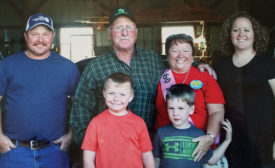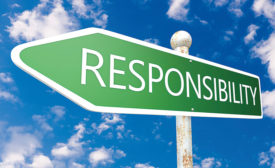Home » Keywords: » safety accountability
Items Tagged with 'safety accountability'
ARTICLES
Denying executive accountability is too common
Throwing safety under the bus
March 2, 2020
An actionable safety plan: Part 3 – Sustaining safety success
This is the third in a three-part series
April 9, 2018
An actionable safety plan: Part 1- Improving safety performance
This is the first in a three-part series
October 17, 2017
Become a Leader in Safety Culture
Build your knowledge with ISHN, covering key safety, health and industrial hygiene news, products, and trends.
JOIN TODAYCopyright ©2025. All Rights Reserved BNP Media.
Design, CMS, Hosting & Web Development :: ePublishing









